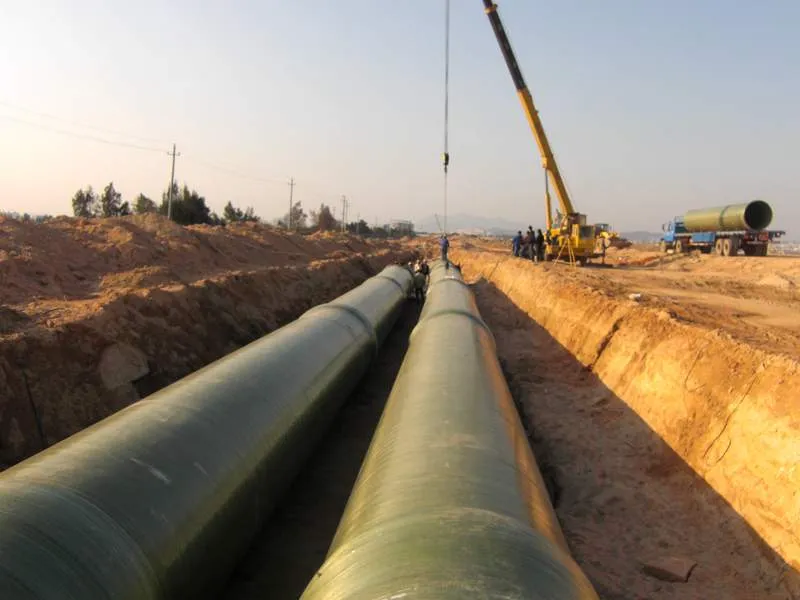
-
 Afrikaans
Afrikaans -
 Albanian
Albanian -
 Amharic
Amharic -
 Arabic
Arabic -
 Armenian
Armenian -
 Azerbaijani
Azerbaijani -
 Basque
Basque -
 Belarusian
Belarusian -
 Bengali
Bengali -
 Bosnian
Bosnian -
 Bulgarian
Bulgarian -
 Catalan
Catalan -
 Cebuano
Cebuano -
 China
China -
 China (Taiwan)
China (Taiwan) -
 Corsican
Corsican -
 Croatian
Croatian -
 Czech
Czech -
 Danish
Danish -
 Dutch
Dutch -
 English
English -
 Esperanto
Esperanto -
 Estonian
Estonian -
 Finnish
Finnish -
 French
French -
 Frisian
Frisian -
 Galician
Galician -
 Georgian
Georgian -
 German
German -
 Greek
Greek -
 Gujarati
Gujarati -
 Haitian Creole
Haitian Creole -
 hausa
hausa -
 hawaiian
hawaiian -
 Hebrew
Hebrew -
 Hindi
Hindi -
 Miao
Miao -
 Hungarian
Hungarian -
 Icelandic
Icelandic -
 igbo
igbo -
 Indonesian
Indonesian -
 irish
irish -
 Italian
Italian -
 Japanese
Japanese -
 Javanese
Javanese -
 Kannada
Kannada -
 kazakh
kazakh -
 Khmer
Khmer -
 Rwandese
Rwandese -
 Korean
Korean -
 Kurdish
Kurdish -
 Kyrgyz
Kyrgyz -
 Lao
Lao -
 Latin
Latin -
 Latvian
Latvian -
 Lithuanian
Lithuanian -
 Luxembourgish
Luxembourgish -
 Macedonian
Macedonian -
 Malgashi
Malgashi -
 Malay
Malay -
 Malayalam
Malayalam -
 Maltese
Maltese -
 Maori
Maori -
 Marathi
Marathi -
 Mongolian
Mongolian -
 Myanmar
Myanmar -
 Nepali
Nepali -
 Norwegian
Norwegian -
 Norwegian
Norwegian -
 Occitan
Occitan -
 Pashto
Pashto -
 Persian
Persian -
 Polish
Polish -
 Portuguese
Portuguese -
 Punjabi
Punjabi -
 Romanian
Romanian -
 Russian
Russian -
 Samoan
Samoan -
 Scottish Gaelic
Scottish Gaelic -
 Serbian
Serbian -
 Sesotho
Sesotho -
 Shona
Shona -
 Sindhi
Sindhi -
 Sinhala
Sinhala -
 Slovak
Slovak -
 Slovenian
Slovenian -
 Somali
Somali -
 Spanish
Spanish -
 Sundanese
Sundanese -
 Swahili
Swahili -
 Swedish
Swedish -
 Tagalog
Tagalog -
 Tajik
Tajik -
 Tamil
Tamil -
 Tatar
Tatar -
 Telugu
Telugu -
 Thai
Thai -
 Turkish
Turkish -
 Turkmen
Turkmen -
 Ukrainian
Ukrainian -
 Urdu
Urdu -
 Uighur
Uighur -
 Uzbek
Uzbek -
 Vietnamese
Vietnamese -
 Welsh
Welsh -
 Bantu
Bantu -
 Yiddish
Yiddish -
 Yoruba
Yoruba -
 Zulu
Zulu
Exploring the Benefits and Applications of FRP Flooring Solutions for Modern Spaces
Understanding FRP Flooring A Durable and Versatile Solution
Fiber Reinforced Polymer (FRP) flooring is an innovative and increasingly popular choice across various industries for its combination of durability, strength, and resistance to corrosion. Constructed with a polymer matrix reinforced with glass, carbon, or aramid fibers, this type of flooring has established itself as a reliable solution in environments where traditional materials may not hold up. In this article, we will explore the benefits, applications, and considerations for choosing FRP flooring over other options.
Benefits of FRP Flooring
One of the most compelling advantages of FRP flooring is its exceptional durability. Its resistance to chemicals, moisture, and harsh environmental conditions makes it ideal for industries such as manufacturing, pharmaceuticals, and food processing. Unlike traditional materials like wood or concrete, FRP does not rot, corrode, or delaminate, thereby extending its lifespan significantly. This characteristic not only reduces maintenance costs but also contributes to lower replacement frequencies.
Moreover, FRP flooring is lightweight compared to other flooring materials, which eases transportation and installation. This feature allows for quicker projects with less disruption to ongoing operations. Additionally, its ease of customization means that it can be tailored to meet specific design requirements, colors, and textures, thus enhancing the aesthetic appeal of the space.
Another benefit of FRP is its safety features. FRP flooring can be designed to be slip-resistant, an essential attribute for environments where wet or slippery conditions are common. Furthermore, many FRP flooring products are fire-resistant and can provide excellent thermal insulation, contributing to safer and more comfortable working conditions.
Applications of FRP Flooring
The versatility of FRP flooring allows it to fit seamlessly into a variety of applications. In the industrial sector, it is commonly used in warehouses, factories, and energy plants, where strength and durability are paramount. In the food and beverage industry, non-absorbent FRP flooring is invaluable as it does not harbor bacteria, thus maintaining hygiene.
frp flooring

FRP flooring is also making strides in the world of construction. It is frequently used in bridges, walkways, and platforms due to its resistance to weathering and UV damage. Additionally, its lightweight nature reduces the overall load on structural components, making it an excellent choice for multi-story buildings and retrofitting projects.
Moreover, FRP flooring is gaining traction in the marine industry. It stands up to the harsh conditions found at sea, including saltwater exposure and high humidity, making it an ideal choice for boat docks, ship interiors, and other marine applications.
Considerations for Choosing FRP Flooring
While FRP flooring has numerous benefits, assessing its suitability for a particular project is essential. The initial investment may be higher than traditional flooring materials, but the long-term cost savings in maintenance and replacement should be considered. It is also crucial to select the right type of FRP flooring based on the specific requirements of the environment, such as load-bearing capacity, chemical resistance, and slip resistance.
In addition, installation best practices should be followed to maximize the performance of FRP flooring. Engaging experienced professionals who understand the material’s properties and installation techniques can ensure that the flooring performs optimally over its lifespan.
Conclusion
In conclusion, FRP flooring represents a significant advancement in flooring technology, blending robustness with adaptability. Its unique properties address the challenges presented by various industrial environments, enhancing both functionality and safety. As industries continue to seek sustainable and long-lasting solutions, the role of FRP flooring is likely to expand, making it a material to keep on your radar for future construction and renovation projects. Whether you're upgrading an existing facility or planning new construction, FRP flooring can offer you the durability and versatility needed to meet modern demands.









